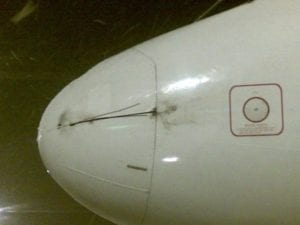Aircraft radome lightning damage is rather common, and even slight electrical energy in the air can cause problems. In this article, you’ll learn one of the common types of radome damage that can be prevented with improved lightning protection system design.
Common Types of Radome Damage Are Often Preventable
As a radome design engineer, a little extra diligence in the final planning of your project will pay off in the long run. Your lightning protection system is critically important for the long-term durability of your aircraft radome.
Every aircraft gets struck by lightning about once per year, so this is one of the most common types of radome damage and one that should be planned for.

A single oversight could have serious implications as the aircraft is subject to punishing winds, rain, extreme temperatures, ice and snow.
Pit Marks & Paint Damage to Aircraft Radomes
Once the outer coatings–paint and anti-static coatings–are compromised, the stage is set for water to eventually make its way into the interior of the radome.
Once this happens, catastrophic failure is all but guaranteed as weather-sealing further degrades.
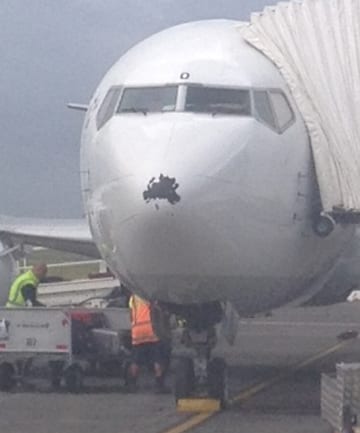
Keeping a radome weather-sealed is critically important.
Rain Erosion Causes High-Speed Degradation
Rain erosion of edge sealants is a major problem. Rain droplets are extremely abrasive as a plane flies through storms at 500+ miles per hour.
We all know that aircraft have to operate successfully in punishing conditions, but rain is especially tough on a lightning protection system.
Even Static Electricity Can Damage Radome Paint & Anti-Static Coatings
When a plane flies through a storm, it’s subjected to significant electrical current even if not in an actual lightning strike. As the air ionizes, lightning leaders can begin sending high-voltage current through a radome, even if it’s not in the form of a direct strike.
Static electricity and near strikes can still damage a radome, so they need to be considered in the design of a radome.
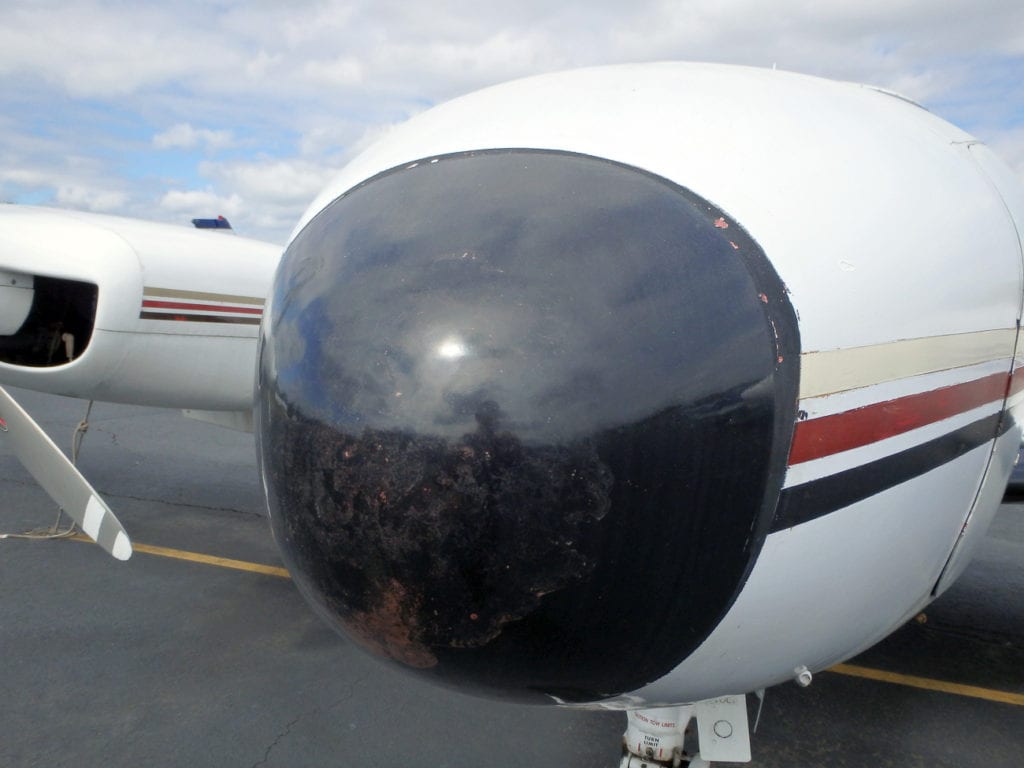
This electrical energy can essentially “push” the paint off the radome as it tries to escape and find a ground path. This is what causes paint degradation and pit marks.
Paint Chips and Pit Marks Are a Symptom of Radome Design Problems
Watch the video below, featuring CEO Allen Hall, for more in-depth insight into this common but easy-to-prevent radome design flaw.
Solution: Extending StrikeTape Segmented Lightning Diverters Farther Down the Radome
We want lightning to strike our StrikeTape segmented lightning diverter, not the composite radome.
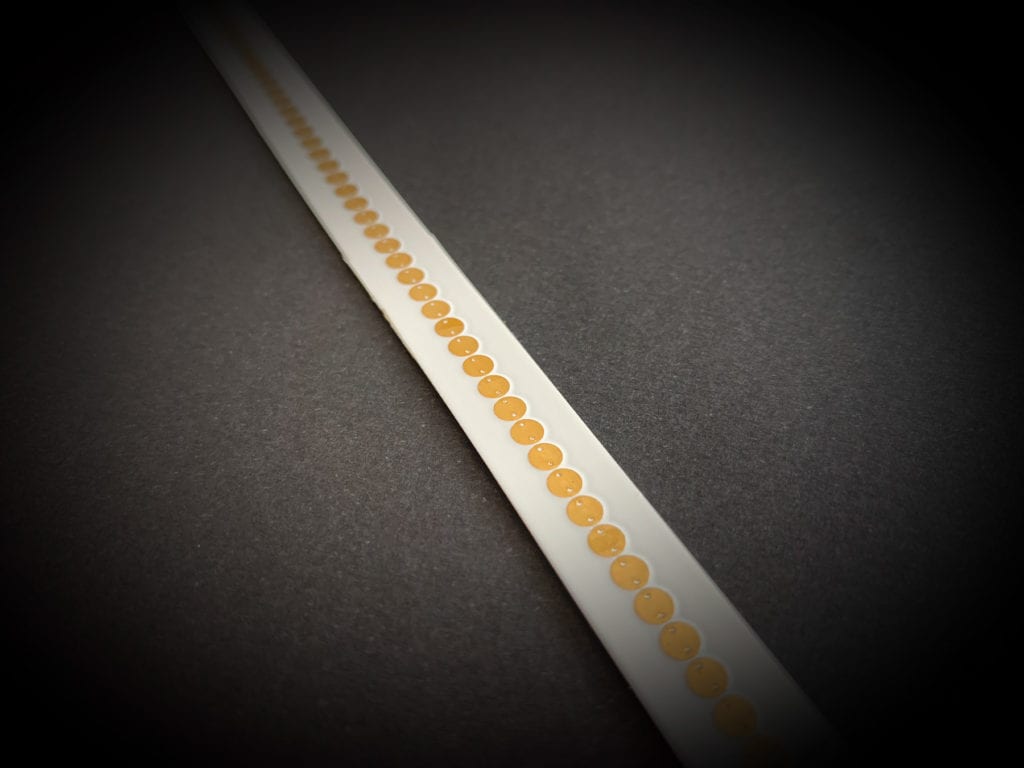
Yet, many radome designers make the mistake of not extending their lightning protection far enough down the radome.
The goal is to give lightning no choice but to latch onto StrikeTape, where it will be safely diverted onto the skin of the airplane, and finally back into the air to the ground.
We can help you design your protection to maximize coverage and minimize your risk.
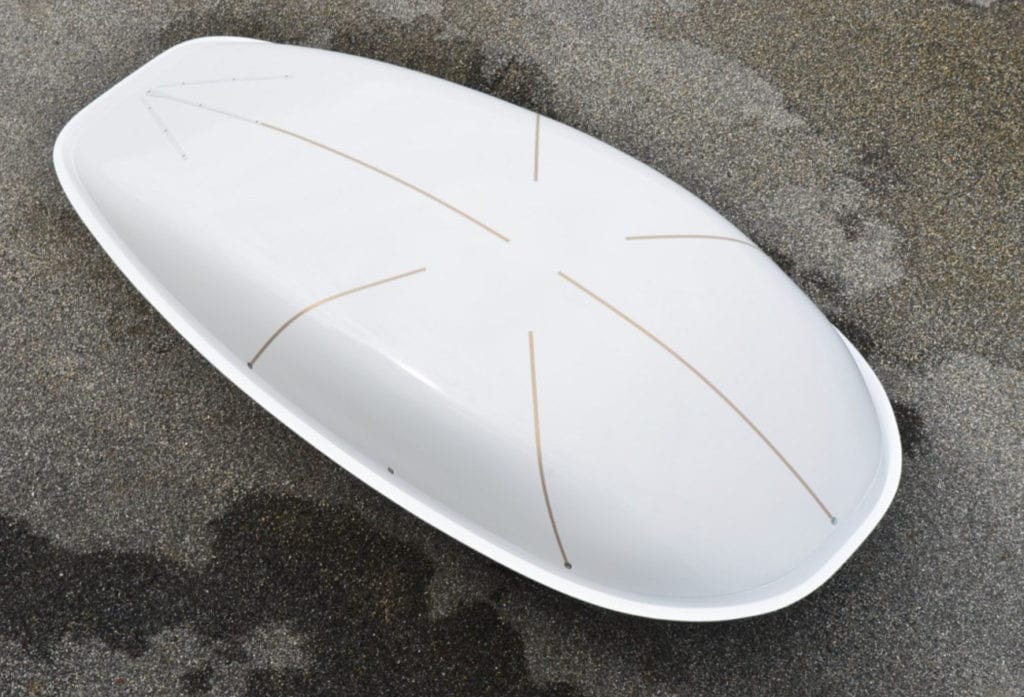
Satcom radomes and nose radomes alike need adequate protection from strikes and near strikes. Otherwise, longevity is significantly reduced.
Need Help With Your Radome Lightning Protection Design?
Here at Weather Guard, we’re lightning protection experts with decades of consulting, testing, installation and design experience. Our proprietary StrikeTape lightning diverter will prevent many common types of radome damage.
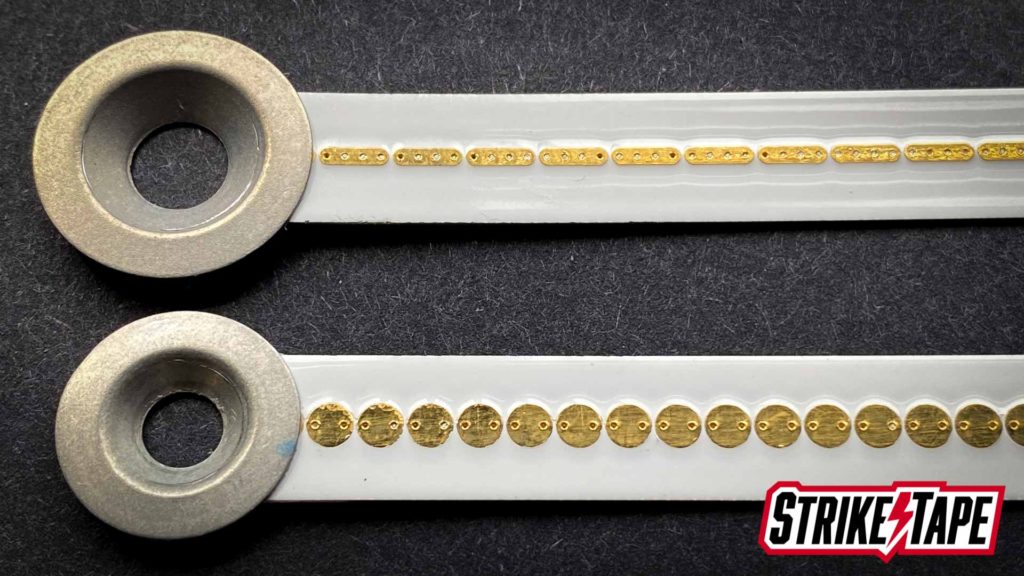
If you’re a radome designer and you’re not sure how to best protect your work, stop worrying and just give us a call.
Your first consultation is free and we love helping engineers, because we are engineers.
We’ve got the experience to help you through any phase of your design, so take us up on our offer. We look forward to speaking with you.





